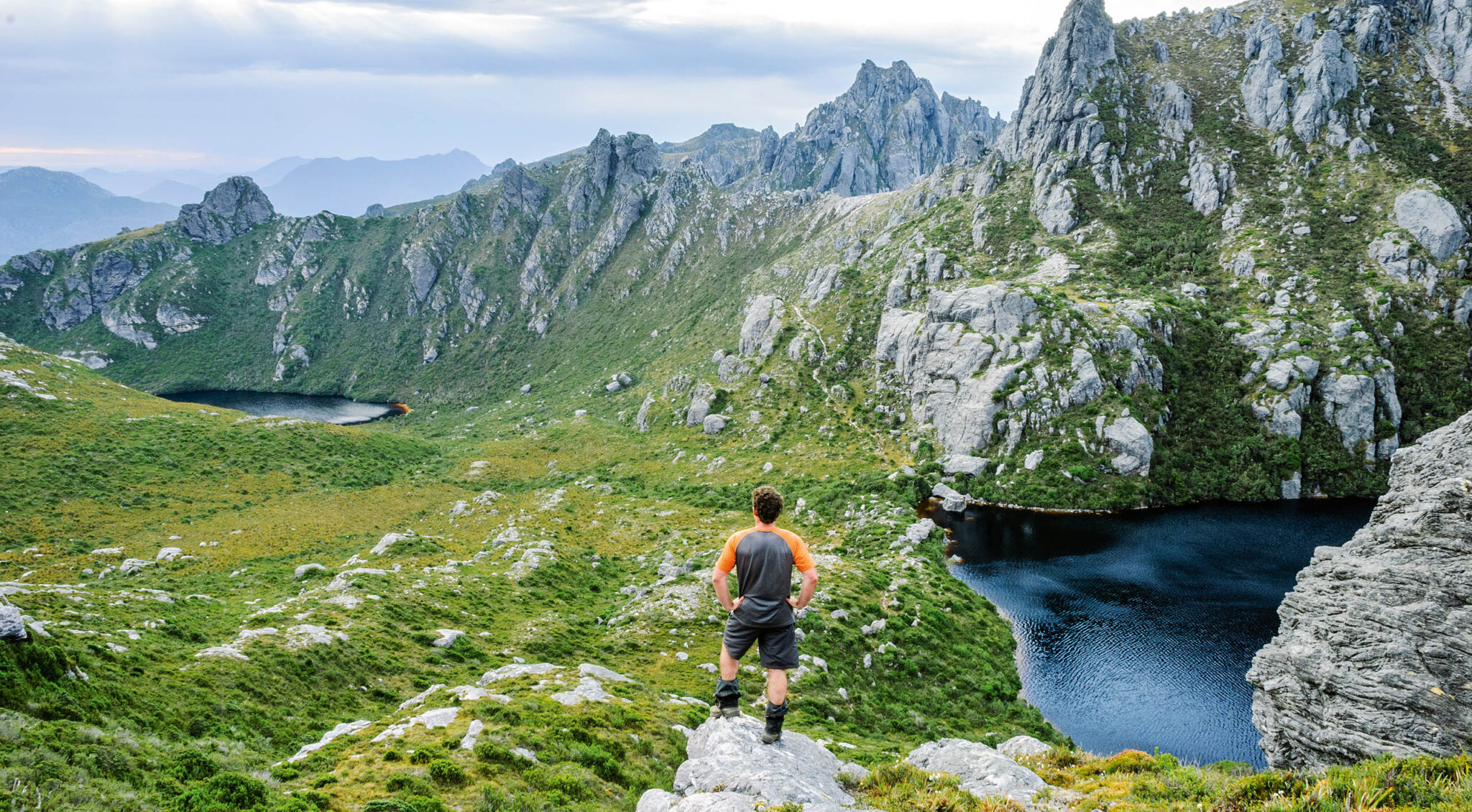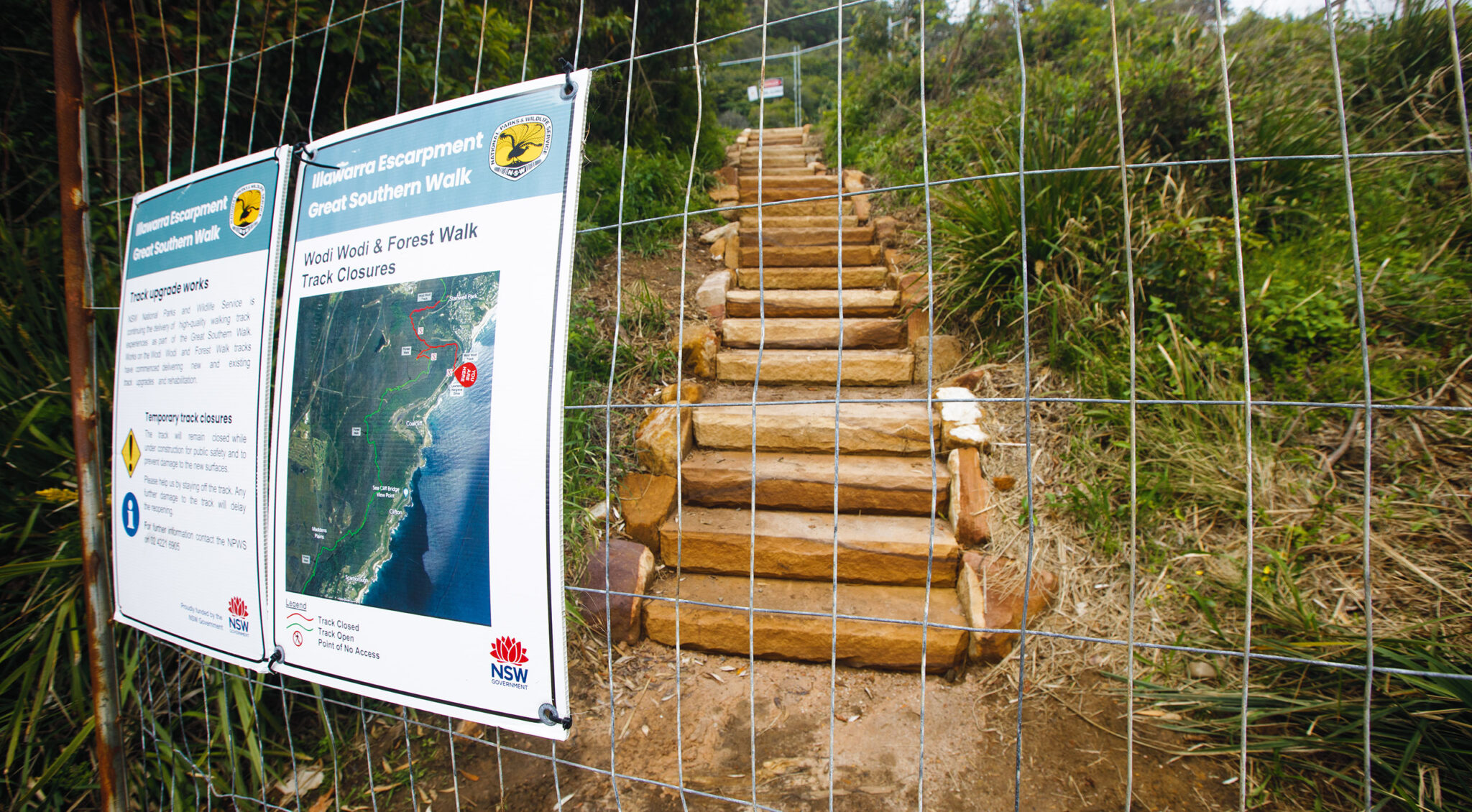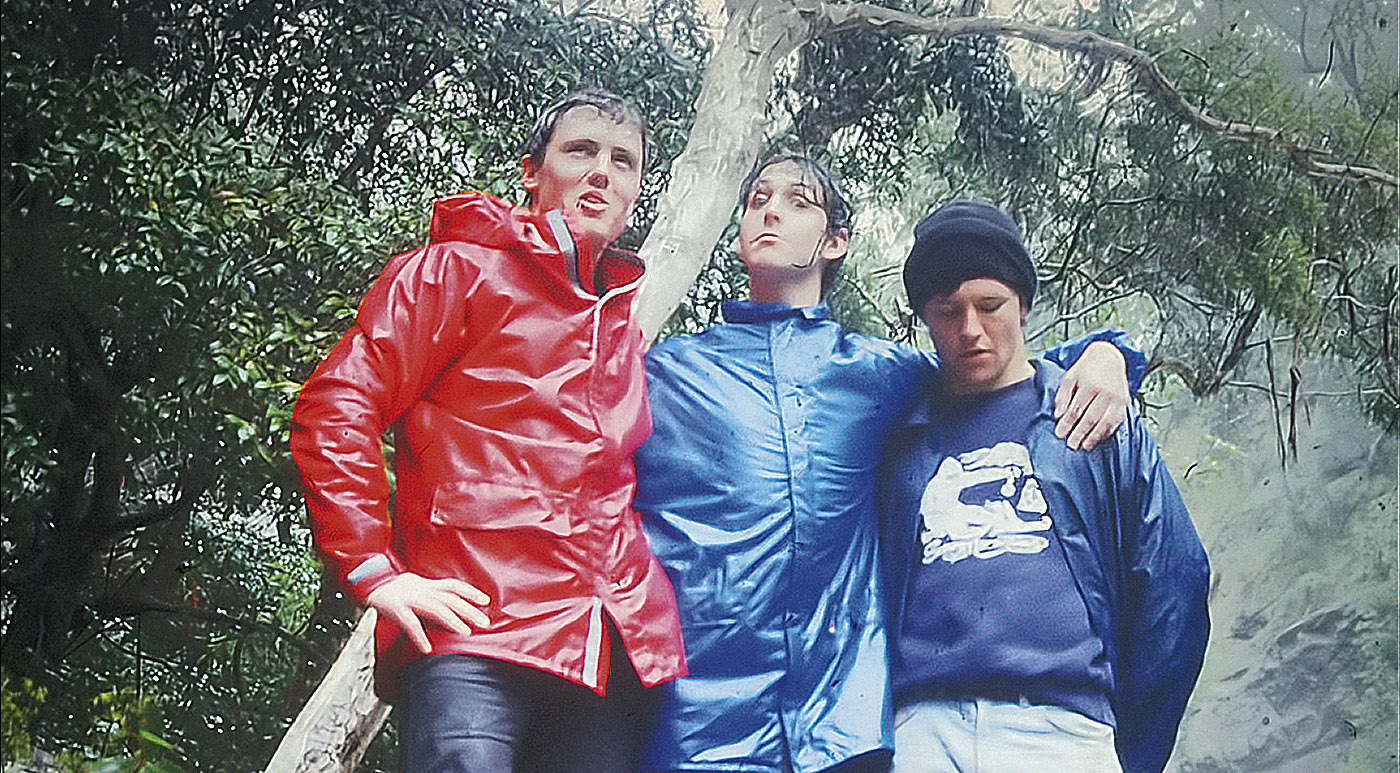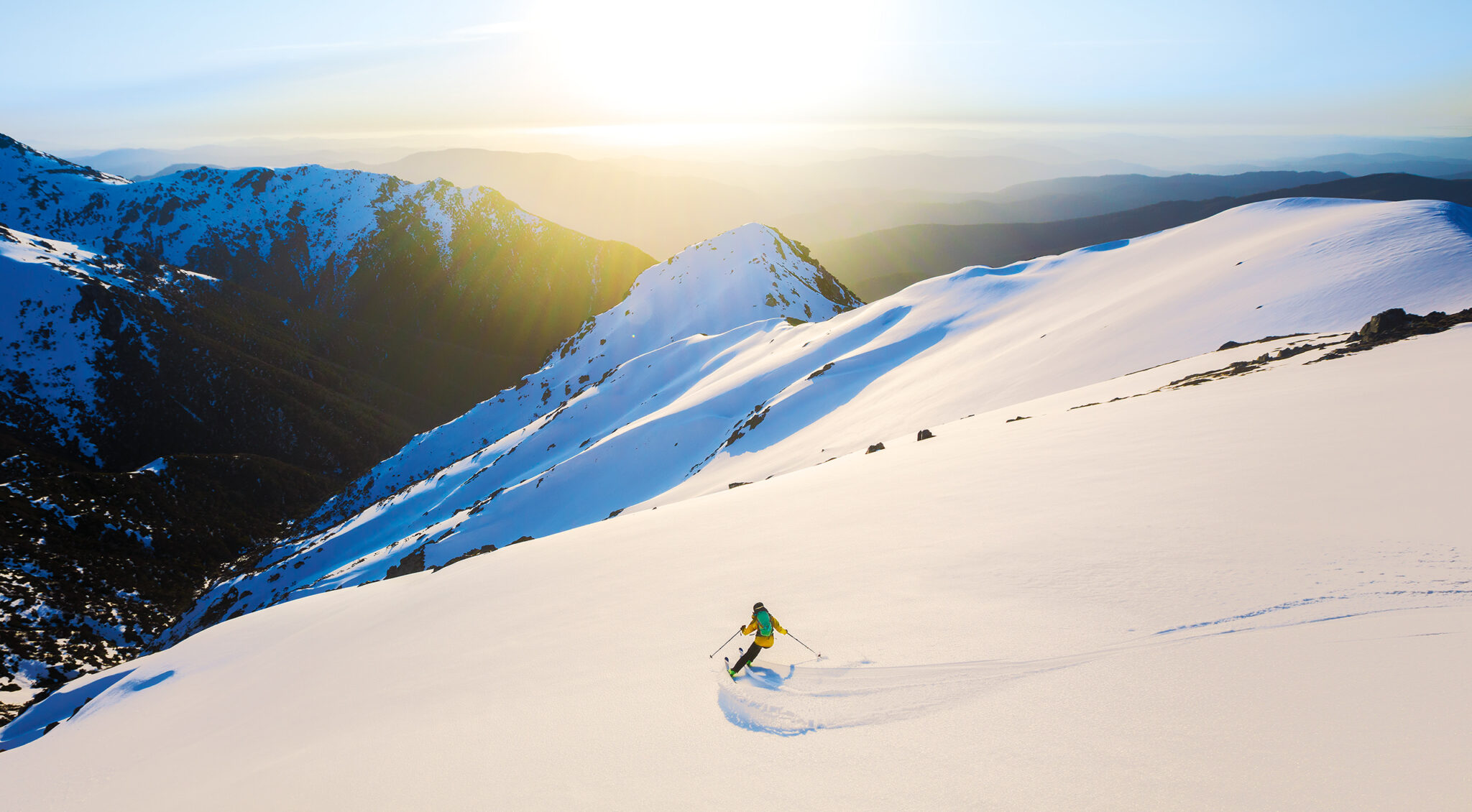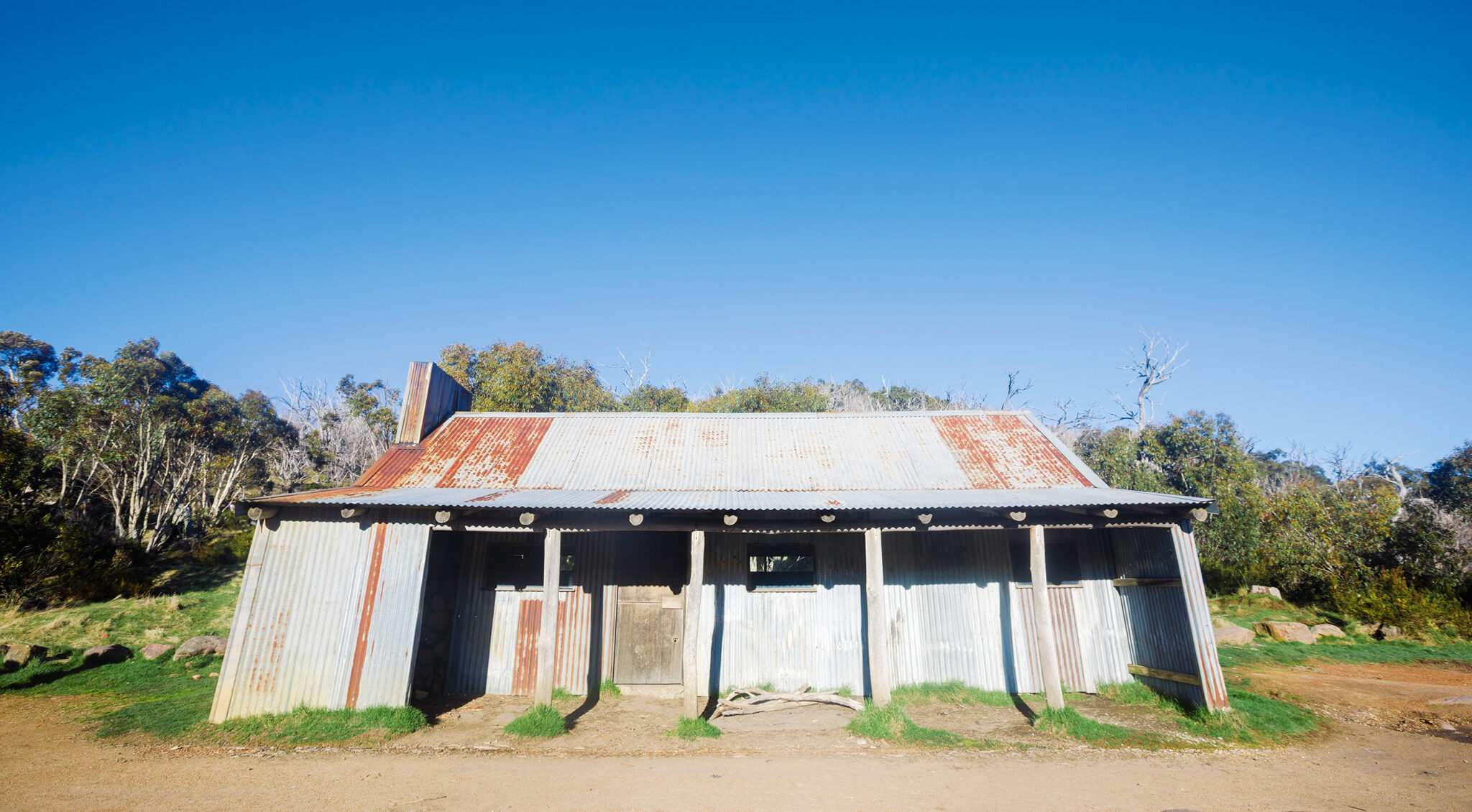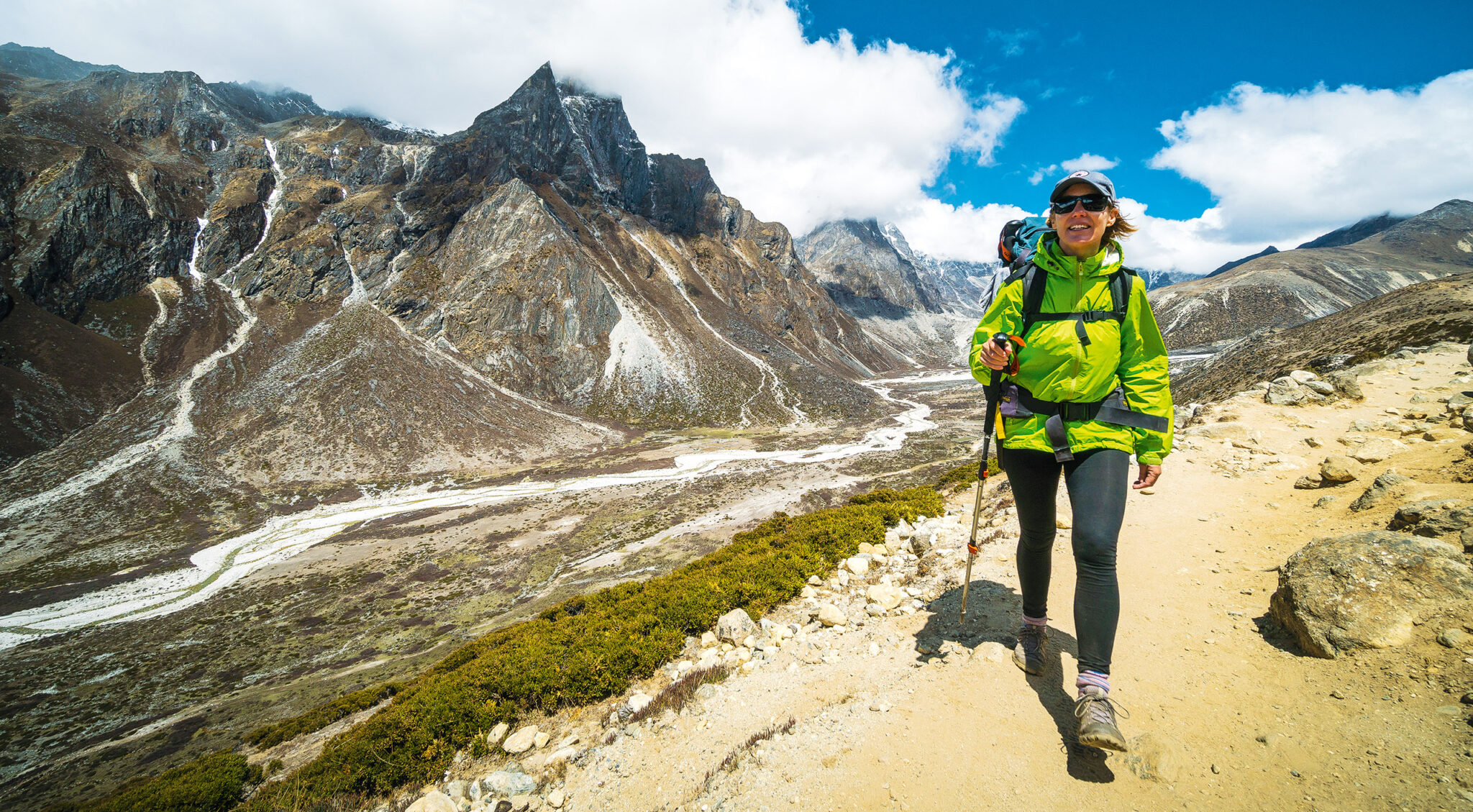Nepal Ends a Golden Age of Trekking
No-one disputes Nepal’s right to regulate its trekking industry, but that doesn’t mean serious concerns can’t be raised about the mindset and methods involved.
Words: Catherine Lawson
Photography: David Bristol
Image caption: Himalayan guides can be tremendous assets in the hills, but swapping mountain solitude for so-called safety is a dubious trade
(This story originally featured in Wild #189, Spring 2023)
When Nepal banned independent trekking on April 1st this year, lovers of solitude and snowy, mountain-teahouse treks were left reeling. Introduced suddenly and without widespread community consultation in Nepal, the new regulations blanket all the country’s national parks and conservation areas, making it now compulsory to walk with a guide. It sounds the death knell for Nepal’s golden era of exploratory mountain wanders.
The new rules effectively outlaw what the Nepali government calls ‘Free Independent Trekkers’: those travelling solo, in pairs, or in small groups without a registered guide. Those who fell into the ‘FIT’ category accounted for about 27 per cent of Nepal’s 171,000 visitors in 2019, and it’s this group that the ban targets, hoping to turn them into guided-group trekkers before the year is out.

Politics at play in Nepal
It’s no secret that—to boost local employment and revenue, under the guise of increasing trekker safety—vested interests in Nepal’s trekking industry have been angling for guide-only trekking for years. No one disputes Nepal’s right to regulate its own hills, or to charge whatever it wants, but playing the ‘foreigner safety card’ has even faithful Himalayan stalwarts shaking their heads. Jamie McGuiness, Everest guidebook author and the owner of Nepal-based trekking company Project Himalaya, is adamant that the new rules care little about trekker safety. “It’s certainly fair enough to charge tourists more,” he says, “but this whole process is absolutely only driven by corruption and self-interest. There’s no safety aspect to it.”
Others agree. Creator of the Great Himalaya Trail, author and sustainability expert, Robin Boustead this year signed a Memorandum of Understanding with the masterminds of the new regulations—the Nepal Tourism Board (NTB) and the Trekking Agencies Association of Nepal (TAAN)—to co-promote sustainable mountain tourism. Yet even he laughs at the idea that guides will bring about increased trekker safety.
“More trekkers die in the company of guides than not,” he tells me via phone from Kathmandu. “There are around 40,000 guides in Nepal. Are they skilled?” Boustead asks. “Are they experienced? All they have to do is a one-month course, and then, without an educational background of any kind, all of a sudden they are somehow capable of being responsible for human lives,” he says. There is a time and a place for a guide in the Himalaya but, as Boustead points out, “forcing people to take incompetent guides is not a solution to anything.”
“This process is absolutely only driven by corruption & self-interest.”
Granted, trekking guides have the potential to add all kinds of layers to a mountain experience, connecting you to the local culture and weaving into daily wanders the kinds of stories and observations that help interpret and reveal a world that might otherwise remain unfamiliar. But not everyone wants to hire one. If you’re a skilled and experienced trekker—or are simply a resolute solitude-seeker like me—hiring a hand-holder seems like the soft option, especially if your ambitions don’t dare you over treacherous mountain passes. And for those who hike simply to sit in some sunny, mountain-teahouse courtyard with a pile of books and a pot of chai, paying a guide to sit alongside them seems more than a little farcical.
Are trekkers at risk in Nepal?
The Nepal Tourism Board and the Trekking Agencies Association of Nepal would have us believe they are somehow saving trekkers from themselves. Yet neither organisation has revealed concrete plans that map out how this might happen. How dangerous are Nepal’s well-trekked, popular trails? According to missingtrekker.com, deaths on Nepal’s Himalayan trails actually occur infrequently.
Two deaths were recorded in 2019 and there were none during the pandemic years from 2020-21. Last year, three independent trekkers went missing (presumed dead), and another four died while on guided treks (one of whom was a guide). These statistics don’t support the idea that guided trekkers are somehow safer.
Raj Gyawali is a man with his finger on the pulse. He’s the founding director of Kathmandu-based Social Tours, which runs immersive cultural and mountain-based adventures that directly support locals and their communities. He’s made a good living out of guiding foreigners in the Himalayas, but says that if the compulsory guide rule’s aim is to increase trekker safety, it will fail, 100 per cent.
“There are very specific areas where trekkers absolutely should be taking a guide. If people go above 4,000m, or over a pass, take a guide. But a blanket rule makes no sense,” he says. “The bottom line is that the NTB wants money, and this is a great way to try and take money from trekkers.”
The revenue he’s talking about comes from trekking permits known as TIMS (Trekking Information Management System) cards, which were introduced back in 2007. Costing around $25 per person, TIMS cards generate significant funds for the NTB, which goes to fund the training, insurance and rescue of guides, or so the NTB says.
Free independent trekkers have always paid for TIMS cards, but the new cost of hiring a guide through a trekking agency (even a budget-priced one), stands to add $500 or more to the cost of a two-week-long trek. When that comes on top of pricey international flights, new trekking gear, and daily food and lodging expenses in the hills, Nepal may start to lose its shine with budget trekkers. But it’s not just the hip pocket that’s going to hurt.
Freedom trekkers
For trekkers who like to go it alone, this new rules tears at the fabric of all wild Himalayan dreams, because in mine, there are no guides beside me as I sit on a Nepalese mountain top taking in the stunning views.
Robin Boustead insists a downturn is already happening. According to him, just ten trekkers set out on the Great Himalaya Trail this year with the aim of walking from one side of the Nepal Himalayas to the other; last year that number was fifty. I can understand why the number has tumbled. Arranging guides for a trek of between four and five months is not only a logistical nightmare but a costly one too, adding in excess of $5,000 in fees to already substantial trekking permits and national park entrance fees.
Related article:
Allie Peppers journey to summit 14 of the 8000m peaks without supplemental oxygen.
Take a read here.
But if there’s one silver lining to all of this, it’s the benefits that might flow to Nepal’s restricted areas, which have long been saddled with guide-only access and high-priced visitor permits that local communities don’t see a cent of. Perhaps, given that foreign travellers will have to pay for guides anyway, some might shift their sights to more remote and daring adventures in Upper Mustang, Kanchenjunga and Upper Dolpo, and bring much-needed income to these local communities.
Jamie McGuiness hopes this will be the cases, but in the meantime, he foresees that trekker numbers might drop by fifty percent. “Some will agree to take a guide, some won’t come at all, but where else can you go to tackle an independent lodge trek?” he says. Well, across the border in India for one, where—despite the absence of lofty Mt Everest—trekkers can find snowy Himalayan peaks, uncrowded trails and friendly, welcoming lodges.
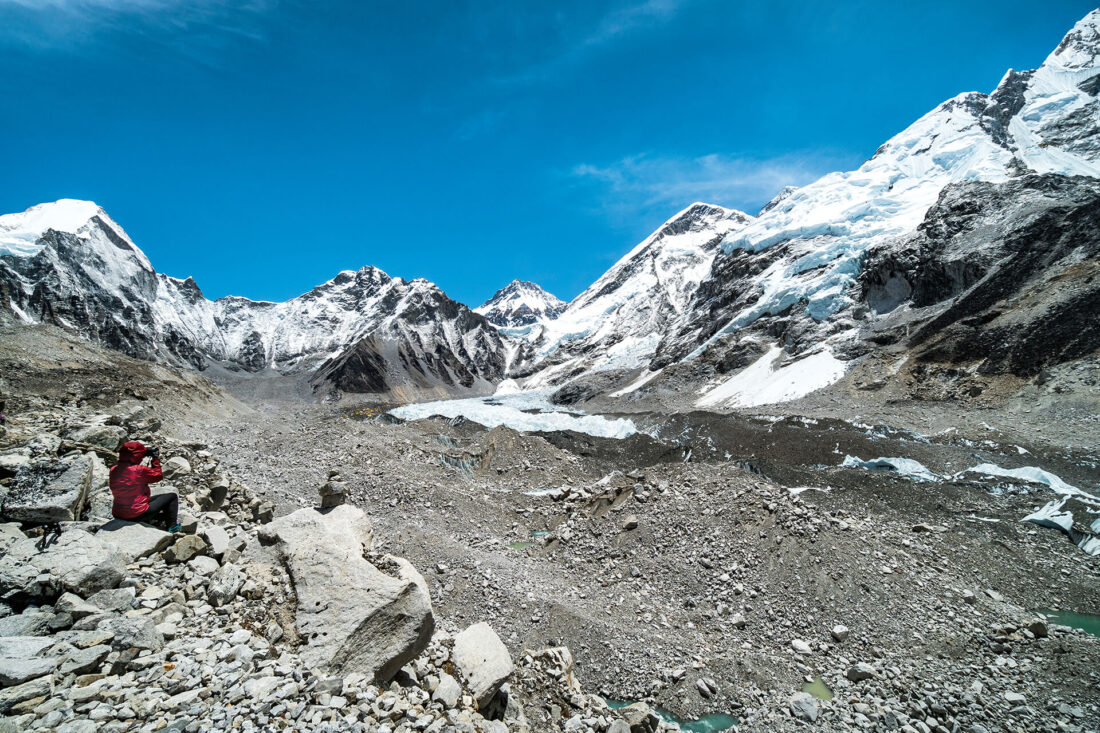
The Everest revolt
If there’s one chink in the NTB’s armour, it’s that those in charge of the Everest region are so far refusing to play ball. The Khumbu Pasanglhamu Rural Municipality, for instance, continues to welcome unguided trekkers with open arms, refusing to recognise the NTB’s compulsory TIMS trekking permit, and is still charging the same amount in the form of a local Trek Card to keep every cent in the Solu Khumbu. It remains to be seen if their tough stance will lure this year’s trekkers to the Everest region, and steal independent trekkers off ever-popular circuits of Langtang and the Annapurna mountains. If this happens, other regions may join the Everest revolt before the year is out.
The man behind the new compulsory guide scheme, NTB Director Mani Raj Lamichhane, considers this a “serious concern”, but says these regions are so far cooperating. As for a downturn in trekker numbers, Lamichhane concedes arrivals may fall by five to ten per cent, but he believes that adding guides to every trek will bolster Nepal’s flagging safety reputation in the international community.
The voice of reason
Sharing joint responsibility for the new rules (and its ensuing profits) is the Trekking Agencies Association of Nepal. As CEO, Ram Chandra Sedai sticks firmly to the company line, making it near impossible to get a straight answer about where all this is heading. The most I can deduce is that so far this year, there have been no $120 fines issued to unguided trekkers, no checkpoints established on trails, and no apparent plan to crack open that can of worms. Reports supplied to Jamie McGuiness from trekkers in the Annapurna and Langtang regions suggest no one is checking permits or bailing up guide-free trekkers.
But it’s Ram Chandra Sedai’s final comment to me that illuminates what’s truly at the crux of all this: “We know that we have Everest, and that we will be losing some trekkers for one, two, three years. But ultimately, what we have in our mountains, other countries do not.”
And he’s totally right, of course. The Himalayan peaks that lie within Nepal’s boundaries are extraordinary. Whatever the hurdles—monetary or otherwise—this is Everest we’re talking about. And for travellers yet to stand in its presence, getting to Everest may be all that matters.
This feature is from Wild #189
If you liked this piece, you should subscribe to the print mag. Only a fraction of the great stories we run in the mag make it to our website; if you want to read them, head to subscribe.wild.com.au.


